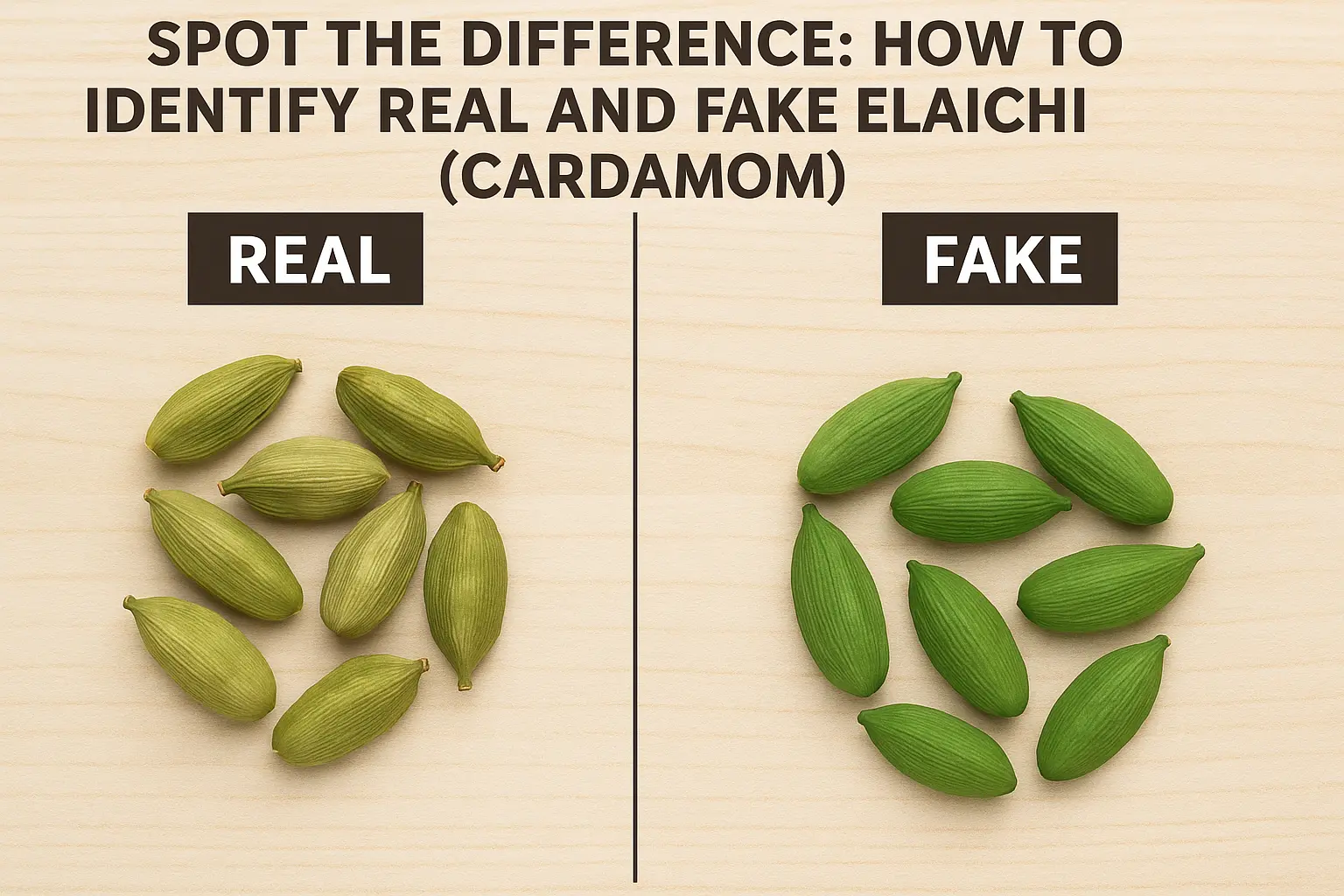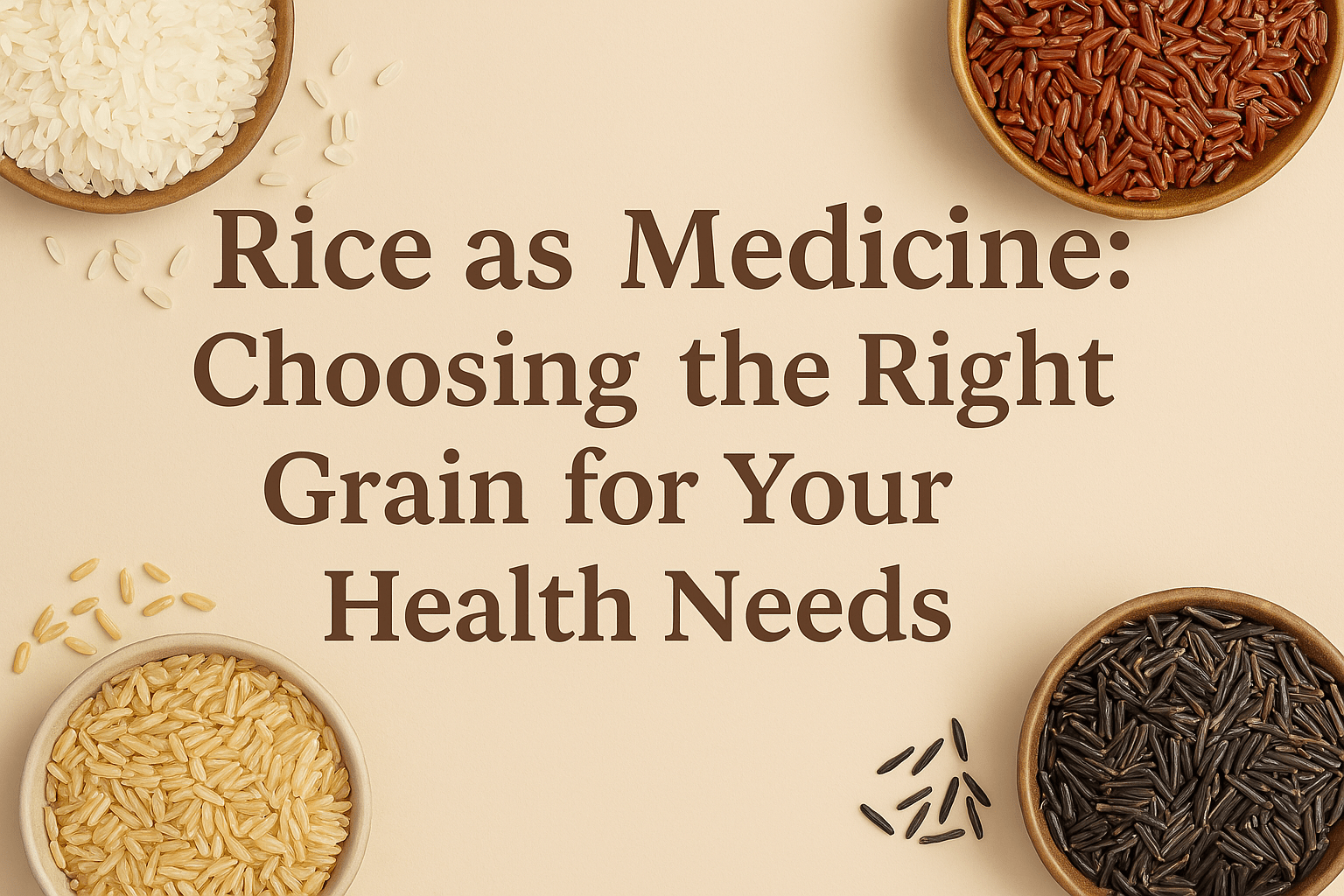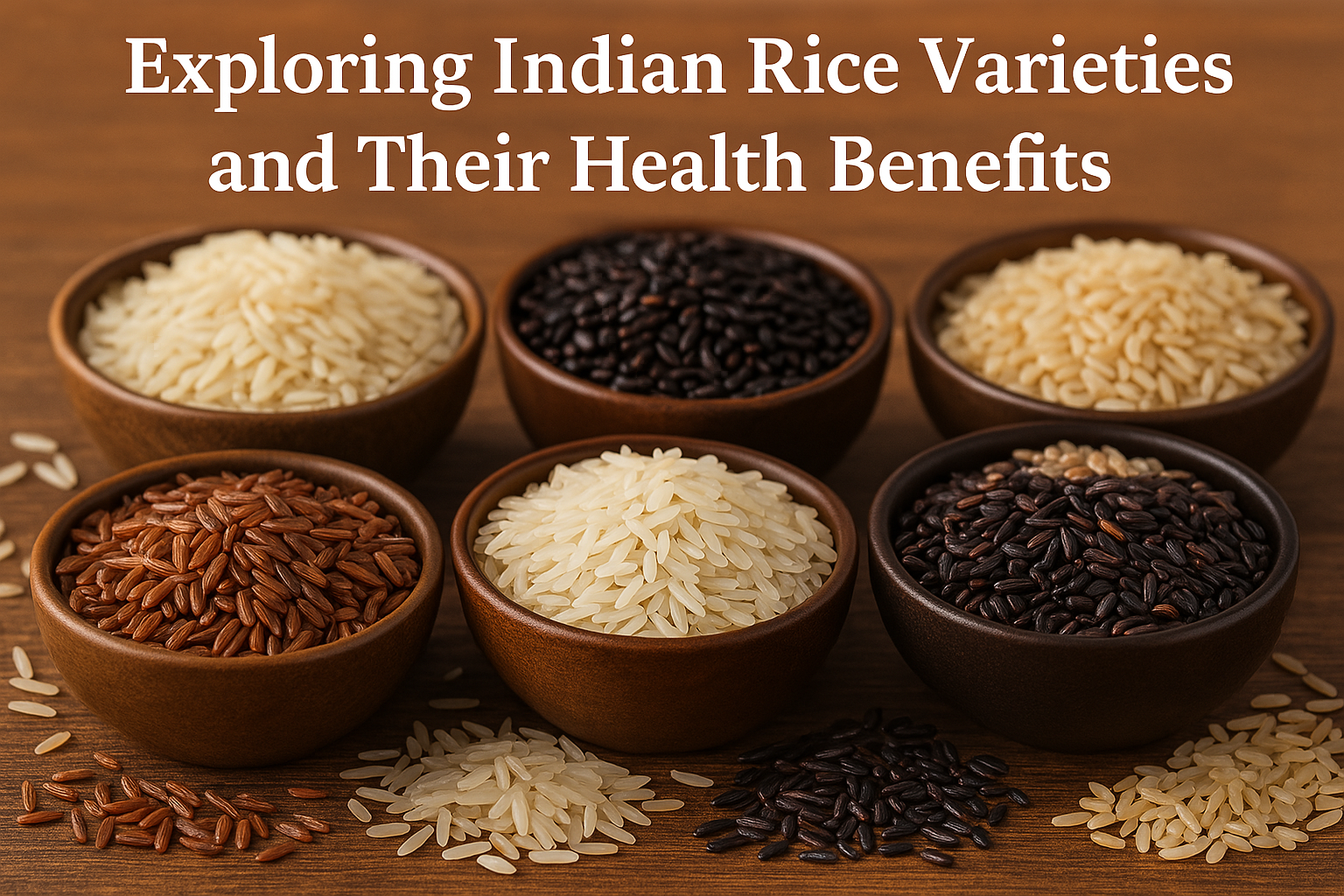In the world of legumes, the humble black-eyed pea often takes a backseat to its more celebrated cousins, such as lentils and chickpeas. However, these beans pack a nutritional punch that should not be overlooked. Revered for centuries in various cultures, black-eyed peas have long been celebrated for their delicious flavour and remarkable health benefits. Dhanush Kumar explores the extraordinary virtues of these little wonders and why you should consider making them a staple in your diet.
1. Nutritional Powerhouse: Black-eyed peas are a treasure trove of essential nutrients, including fibre, protein, and minerals like iron, zinc, and phosphorus. This combination makes them excellent for promoting overall health and supporting numerous bodily functions.

2. Fiber Boost: One remarkable advantage of black-eyed peas is their noteworthy fibre content. Fiber plays a pivotal role in sustaining a well-functioning digestive system, fostering regularity, and mitigating the likelihood of gastrointestinal complications. Furthermore, embracing a diet abundant in fibre has been associated with a decreased risk of chronic ailments like heart disease and specific types of cancer.
3. Protein Power: Black-eyed peas present an exceptional choice for individuals adhering to a plant-based lifestyle or aiming to broaden their protein horizons. Abundant in protein, these legumes are a valuable addition to vegetarian and vegan diets. Introducing black-eyed peas into your meals not only aids in fulfilling daily protein needs but also fosters muscle development and facilitates tissue repair.

4. Blood Sugar regulation: Black-eyed peas have a low glycemic index, so they do not cause rapid spikes in blood sugar levels. This property makes them an excellent choice for individuals with diabetes or those seeking to maintain stable blood sugar levels. Additionally, black-eyed peas’ fibre and protein content can further regulate blood sugar and prevent energy crashes.
5. Heart Health: These beans combine heart-healthy nutrients, including folate, magnesium, and potassium. Folate helps with elevated homocysteine levels, which can contribute to heart disease risk. Magnesium and potassium are crucial in maintaining healthy blood pressure levels and supporting cardiovascular function.

6. Antioxidant Boost: Black-eyed peas boast a versatile array of antioxidants such as Vitamins C and E, along with flavonoids and polyphenols. These potent compounds are pivotal in combating harmful free radicals within the body, thereby diminishing oxidative stress. By doing so, they hold the potential to mitigate the risk of chronic ailments like cancer and neurodegenerative disorders.
Conclusion:
Black-eyed peas, despite their small size, pack a punch when it comes to health benefits. From their impressive nutrient profile to their potential to support heart health, regulate blood sugar, and provide antioxidant protection. So, why not explore the potential of these unsung heroes and discover the benefits they offer?































